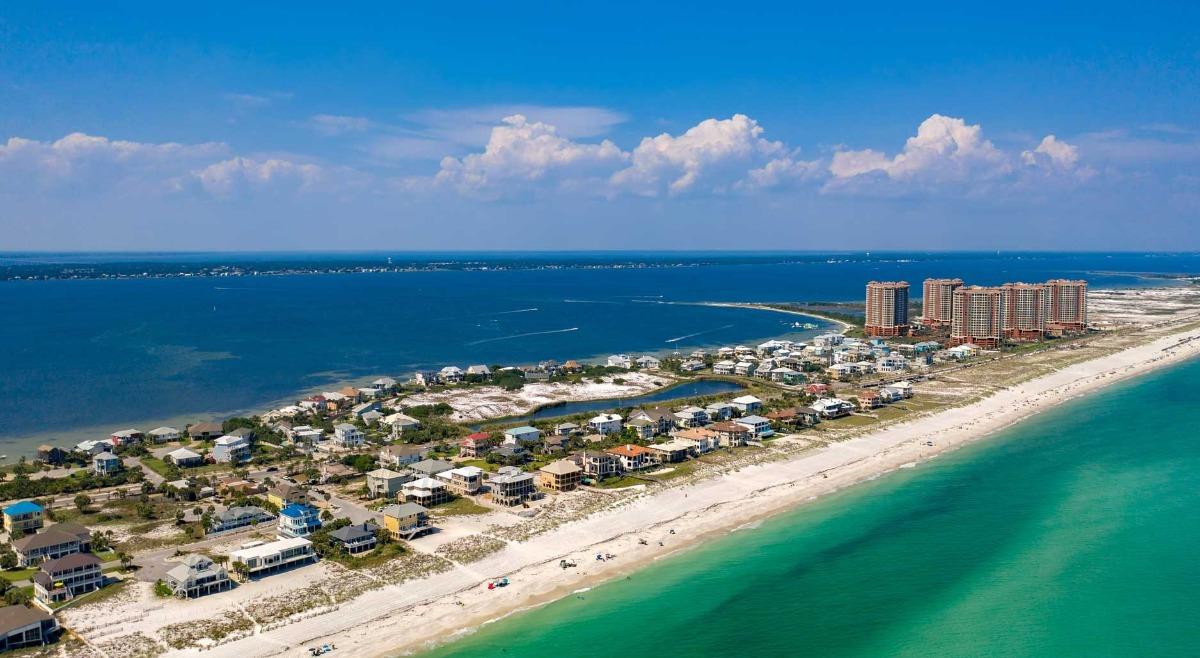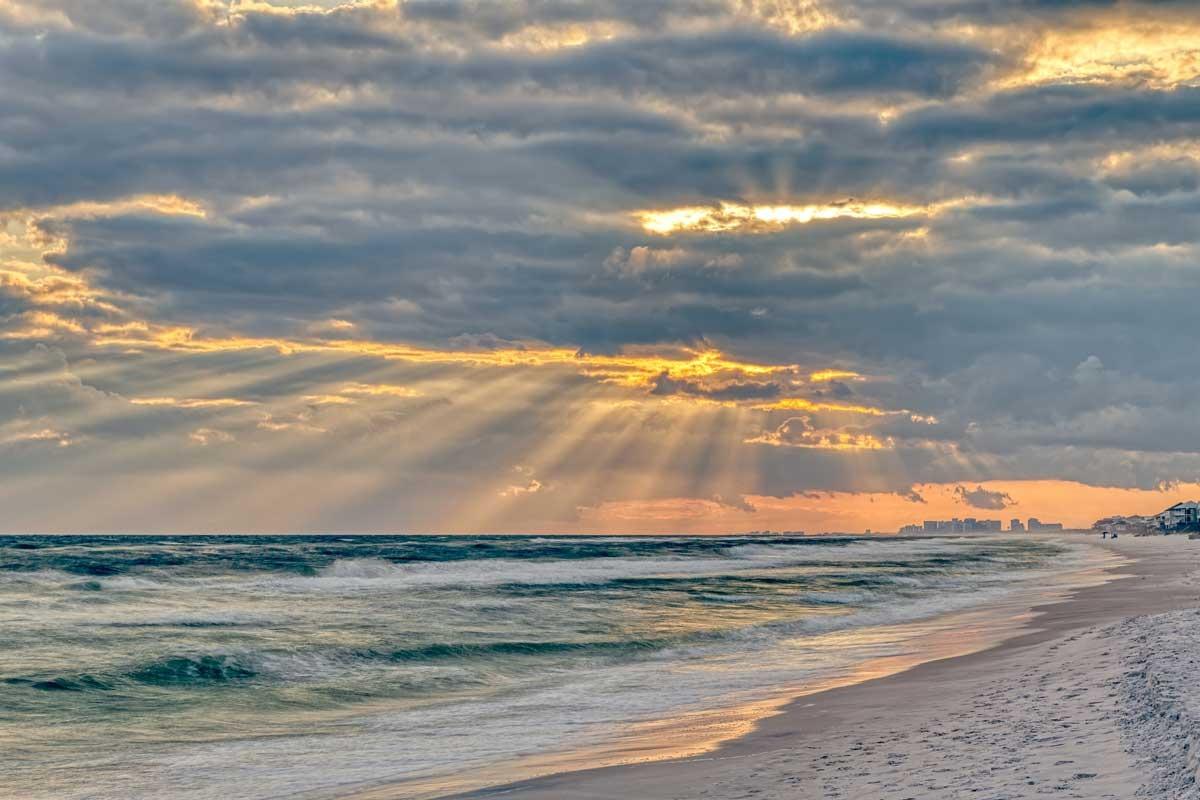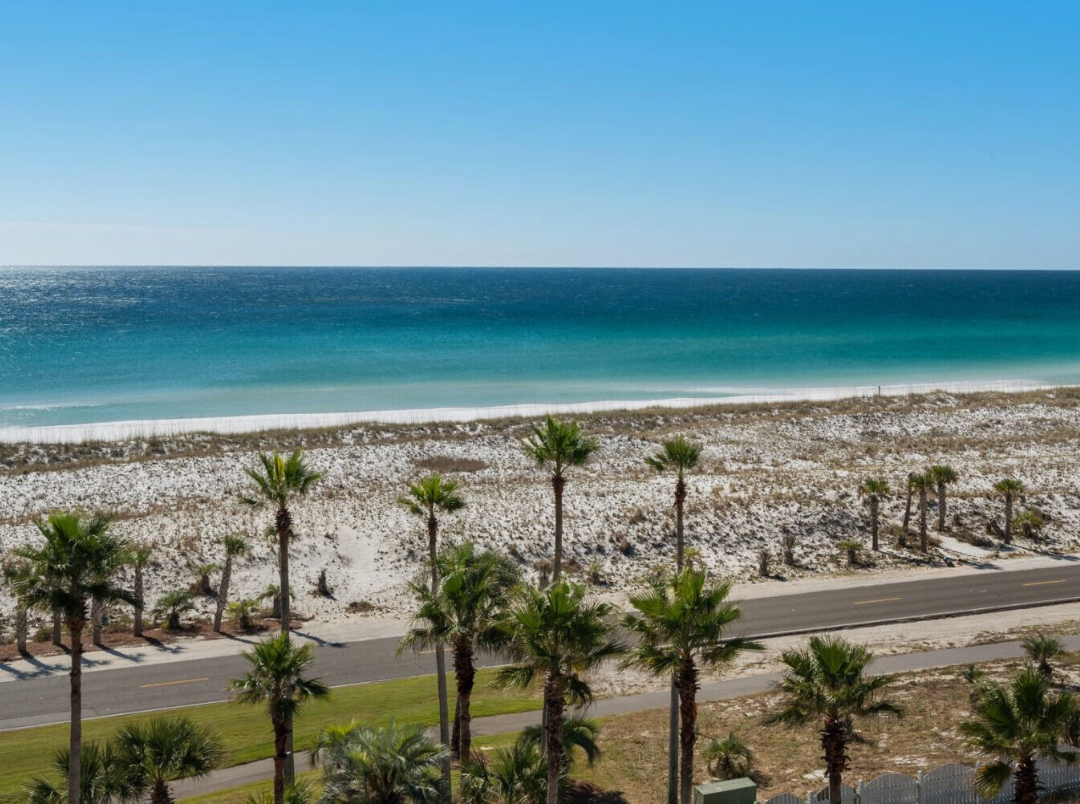
Nestled in the far western reaches of Florida's panhandle, the city of Pensacola is a gem that boasts a rich tapestry of history, culture, and natural beauty. Its popularity today as a travel destination and a place to call home didn't happen overnight. The city's allure has been centuries in the making, from its founding in the 16th century to its present-day status. Let's explore how Pensacola transformed from a strategic military outpost to a beloved cultural and recreational hub.


The transition of Pensacola into American hands in 1821 marked the beginning of a new chapter in its storied history. As part of the Adams-Onís Treaty, Florida, and with it, Pensacola, was ceded by Spain to the United States, opening a new era of development and conflict for this strategic port city. The early American period saw Pensacola's continued use as a military and naval base, capitalizing on its excellent natural harbor. However, it was the Civil War that would leave an indelible mark on the city, transforming it from a strategic military hub into a battleground for control over the Gulf of Mexico.
In the decades leading up to the Civil War, Pensacola experienced modest growth. The establishment of the Pensacola Navy Yard in 1825 underscored the area's strategic military value, serving as a precursor to the expansive Pensacola Naval Air Station that would come to dominate the city's economy in the 20th century. Pensacola's deep-water port was crucial for naval logistics and operations, setting the stage for its pivotal role in the looming conflict.
As states seceded from the Union, Pensacola's significant installations made it a prime target for Confederate forces. Early in the war, Confederate troops seized control of the Pensacola Navy Yard and Fort Barrancas, underlining the city's importance in controlling maritime access to the Confederacy. However, Pensacola's value also made it a focus for Union efforts to impose a naval blockade, crippling the Confederacy's ability to trade.
The city and its surrounding fortifications witnessed skirmishes and artillery exchanges, most notably the Battle of Santa Rosa Island. These engagements, while not as large-scale as battles elsewhere, were crucial in the Union's strategy to tighten the noose around the Confederacy's maritime capabilities.
Despite its military significance, the city suffered from the war's disruptions. The civilian population faced shortages and economic hardship as a result of the blockade and military occupation. Moreover, the destruction of the navy yard and other facilities during the war marked a significant setback for Pensacola's naval and maritime infrastructure.
The aftermath of the Civil War saw Pensacola grappling with the vast changes sweeping the South. The city's economy, heavily reliant on the military and maritime industries, faced the daunting task of rebuilding. However, the resilience of Pensacola's residents shone through as they worked to repair and revitalize the city. The reconstruction of the navy yard and the gradual return of maritime trade laid the groundwork for recovery, setting Pensacola on a path toward prosperity.



